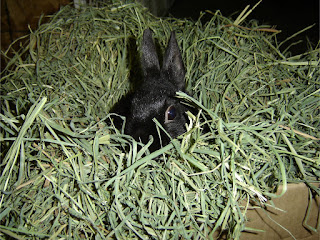Toffee❤️🐹

On Saturday, 9/17/16, I got a short-haired syrian hamster from Petsmart. I have had many hamsters in the past, but I hadn't had one in a while so I decided to get another one. There were many Syrians to pick from but I finally decided to get Toffee. He was the tamest of them all and seemed very nice. I am so very glad I picked him. His taming process is going well but isn't quite all the way finished yet. At this point he is living in a 10 gallon aquarium, but in the next couple days we will be adding a second 10 gallon aquarium with critter trail tubes through the lid. This is Toffee!! <3 <3


